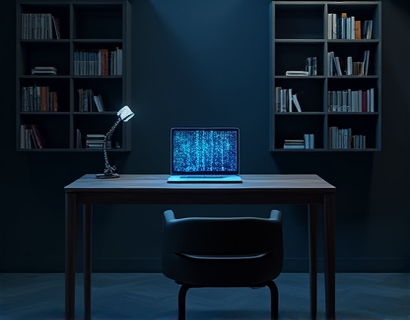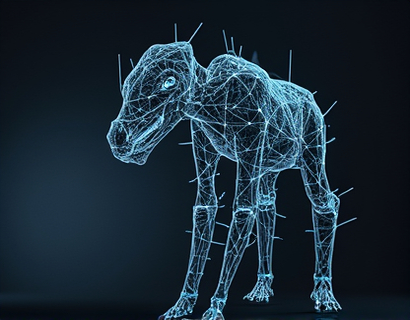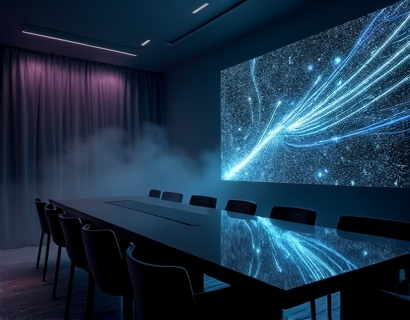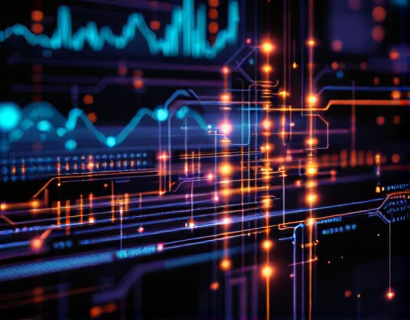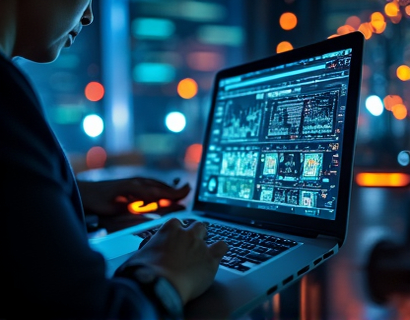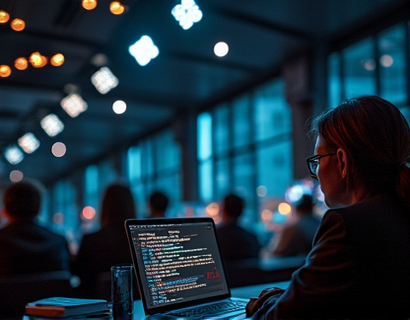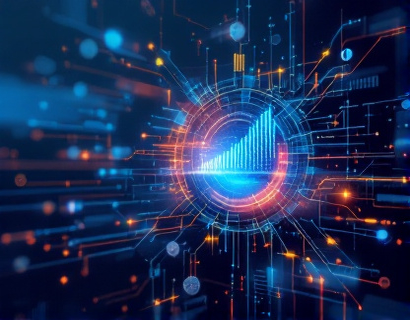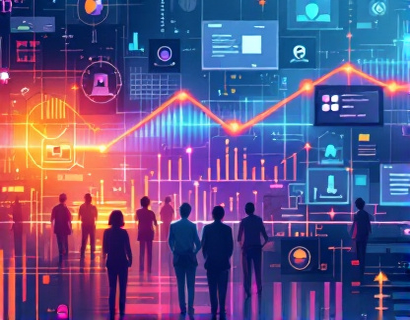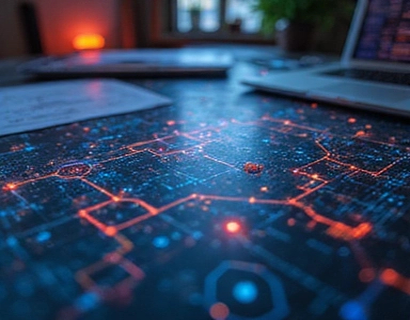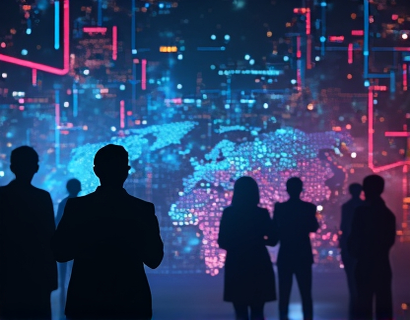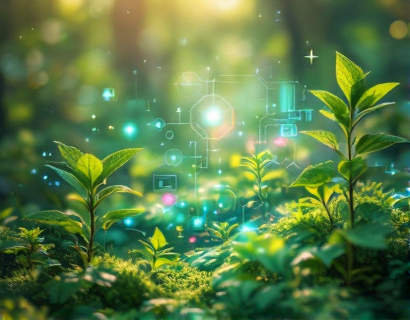Cutting-Edge AI Image Authentication: Ensuring Digital Content Integrity and Trust
In an age where digital content is ubiquitous, the authenticity of images has become a critical concern. With the rise of artificial intelligence (AI) and advanced image manipulation techniques, distinguishing between genuine and altered images is increasingly challenging. This article explores the importance of AI image authentication, the technology behind it, and how it empowers various professionals to maintain the integrity of digital media.
The Importance of Image Authenticity
Images play a vital role in communication, marketing, journalism, and education. They convey messages, evoke emotions, and influence perceptions. However, the proliferation of AI-generated and manipulated images poses significant risks. Misinformation can spread rapidly, leading to reputational damage for individuals and organizations alike. Therefore, ensuring the authenticity of visual content is paramount.
Understanding AI Image Manipulation
AI image manipulation refers to the use of artificial intelligence algorithms to create, alter, or enhance images. Techniques such as deepfakes, style transfer, and generative adversarial networks (GANs) have made it easier to produce realistic images that can deceive viewers. These technologies can be used for creative purposes, but they also raise ethical concerns, particularly when used to mislead or misinform.
Deepfakes and Their Implications
Deepfakes are one of the most notorious applications of AI in image manipulation. By using deep learning techniques, creators can superimpose one person's likeness onto another's, creating highly convincing videos and images. This technology has been used in various contexts, from entertainment to political propaganda, raising concerns about trust and authenticity in visual media.
Generative Adversarial Networks (GANs)
GANs are a class of AI algorithms that can generate new images based on training data. They consist of two neural networks: a generator that creates images and a discriminator that evaluates their authenticity. This process can produce images that are indistinguishable from real photographs, making it challenging to identify manipulated content without advanced detection tools.
The Role of AI Image Authentication
AI image authentication technology is designed to address the challenges posed by image manipulation. By employing sophisticated algorithms, these tools can analyze images for signs of alteration or AI generation. This process helps professionals verify the authenticity of visual content, ensuring that they can trust the images they use in their work.
How AI Image Authentication Works
AI image authentication tools utilize a combination of techniques to detect alterations. These may include analyzing pixel-level changes, examining metadata, and employing machine learning models trained on vast datasets of both authentic and manipulated images. By comparing an image against known patterns of manipulation, these tools can provide a reliable assessment of its authenticity.
Key Features of AI Image Authentication Tools
- Pixel Analysis: Examines individual pixels for inconsistencies that may indicate manipulation.
- Metadata Examination: Analyzes the metadata embedded in images to identify discrepancies.
- Machine Learning Models: Utilizes trained models to recognize patterns associated with AI-generated content.
- User-Friendly Interface: Provides an intuitive platform for users to upload and analyze images easily.
- Real-Time Results: Delivers quick assessments, allowing users to make informed decisions promptly.
Empowering Professionals Across Various Fields
The ability to authenticate images is crucial for a wide range of professionals. From digital media experts to legal teams, the implications of image authenticity are far-reaching. Here are some key sectors that benefit from AI image authentication technology:
Digital Media Professionals
For digital media professionals, maintaining the integrity of visual content is essential. Whether creating marketing materials, social media posts, or editorial content, these individuals must ensure that the images they use are authentic. AI image authentication tools enable them to verify the legitimacy of images, protecting their brand's reputation and credibility.
Content Creators
Content creators, including bloggers, vloggers, and influencers, rely heavily on visual content to engage their audiences. With the rise of manipulated images, they face the challenge of ensuring that their visuals are genuine. By utilizing AI image authentication, content creators can confidently share images, knowing they are not inadvertently spreading misinformation.
Brand Managers
Brand managers are tasked with safeguarding their brand's image and reputation. In an era where misinformation can spread rapidly, the ability to authenticate images is crucial. AI image authentication tools allow brand managers to verify the authenticity of user-generated content, advertisements, and promotional materials, ensuring that their brand is represented accurately.
Security Analysts
In the realm of cybersecurity, image manipulation can pose significant threats. Security analysts must be vigilant in identifying altered images that could be used for phishing attacks or misinformation campaigns. AI image authentication technology equips them with the tools needed to detect manipulated content, enhancing their ability to protect organizations from potential threats.
Legal Teams
Legal teams often encounter cases involving image evidence. The authenticity of visual content can be a critical factor in legal proceedings. AI image authentication tools provide legal professionals with the means to verify the legitimacy of images presented as evidence, ensuring that they can build strong cases based on reliable information.
Journalists
For journalists, the integrity of visual content is paramount. In an era of fake news and misinformation, verifying the authenticity of images is essential for maintaining credibility. AI image authentication technology allows journalists to fact-check images before publication, ensuring that their reporting is based on accurate and trustworthy visuals.
Educators
In educational settings, the use of visual content is prevalent. Educators must ensure that the images they present to students are authentic and reliable. AI image authentication tools can assist educators in verifying the legitimacy of images used in teaching materials, fostering a culture of critical thinking and media literacy among students.
Challenges in Image Authentication
While AI image authentication technology offers significant benefits, it is not without challenges. As image manipulation techniques continue to evolve, so too must the tools designed to detect them. Here are some of the key challenges faced in the field of image authentication:
Rapidly Evolving Manipulation Techniques
The pace at which image manipulation techniques are advancing poses a challenge for authentication tools. As new methods emerge, it becomes increasingly difficult to keep detection algorithms up to date. Continuous research and development are essential to ensure that AI image authentication technology remains effective.
False Positives and Negatives
AI image authentication tools are not infallible. There is always a risk of false positives (genuine images flagged as manipulated) and false negatives (manipulated images deemed authentic). Striking the right balance between sensitivity and specificity is crucial for the reliability of these tools.
User Education
Even with advanced technology, user education is vital. Professionals must understand the limitations of AI image authentication tools and how to interpret the results. Providing training and resources can help users make informed decisions based on the findings of these tools.
The Future of AI Image Authentication
The future of AI image authentication is promising, with ongoing advancements in technology and methodology. As the demand for image verification continues to grow, we can expect to see the following trends:
Integration with Other Technologies
AI image authentication tools are likely to integrate with other technologies, such as blockchain, to enhance the verification process. Blockchain can provide a secure and immutable record of an image's history, further bolstering its authenticity.
Improved Machine Learning Models
As machine learning continues to evolve, we can expect to see more sophisticated models capable of detecting even the most subtle manipulations. These advancements will enhance the accuracy and reliability of AI image authentication tools.
Increased Accessibility
As technology becomes more accessible, we can anticipate a wider range of professionals utilizing AI image authentication tools. This democratization of technology will empower individuals across various fields to verify the authenticity of visual content.
Conclusion
In a world where digital content is constantly evolving, ensuring the authenticity of images is more important than ever. Cutting-edge AI image authentication technology provides professionals with the tools they need to navigate the complexities of image manipulation and AI creation. By empowering individuals across various fields to verify the integrity of visual content, we can foster a culture of trust and authenticity in digital media. As technology continues to advance, the future of image authentication holds great promise, paving the way for a more reliable and trustworthy digital landscape.





